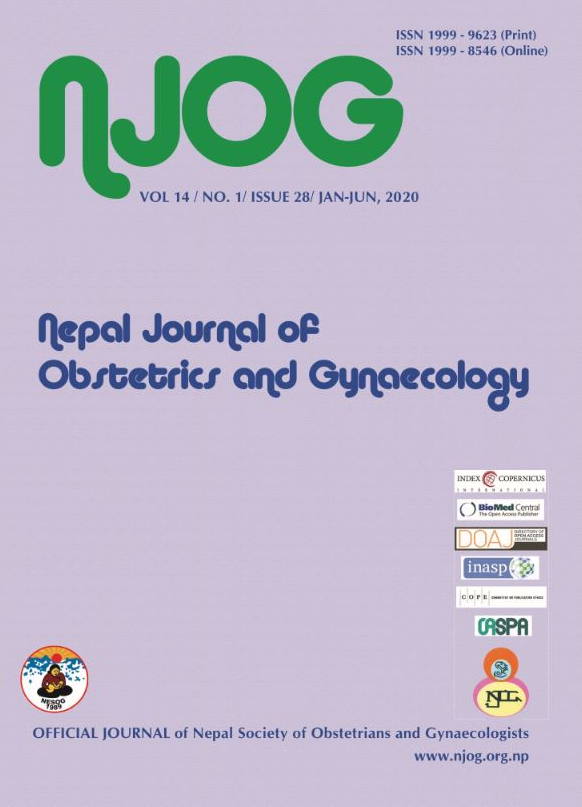Female Urinary Incontinence: Prevalence, Risk Factors and Impact on the Quality of Life of Gynecological Clinic Attendees in Lagos, Nigeria
Abstract
Aims: To determine the prevalence of urinary incontinence, risk factors and impact on the quality of life in gynecological clinic attendees of a University Hospital.
Methods: A cross sectional descriptive study was conducted amongst gynecological clinic attendees in a Teaching Hospital in Nigeria from 1st February to 31st July 2017. Structured questionnaires were used to ascertain the presence of urinary incontinence. Socio-demographic and medical factors; impact on daily activities and treatment history were assessed. Women with and without urinary incontinence were compared. Univariate, bivariate and multivariable analyses were performed.
Results: There were 395 women of 25 - 67 years (mean age = 38.81±10.1). About 33% had experienced urinary incontinence in the previous 6 months with Urgency, Mixed and Stress urinary incontinence occurring in 18.0%, 7.6% and 7.3% respectively. Independent risk factors for urinary incontinence were age (odds ratio=0.49, 95% confidence interval [CI] =0.26 - 0.92, P =0.026), higher body mass index (odds ratio=1.92, 95% CI =1.53 - 3.00, P =0.004) and history of constipation (odds ratio=2.11, 95% CI =1.30 - 3.43, P =0.003). About 47% of those with urinary incontinence admitted to negative feelings like anxiety and depression; 45% had moderate to severe impact on their quality of life in all domains but only 27.7% sought help.
Conclusions: Urinary incontinence is common and risk factors include older age, high body mass index and constipation. Despite its substantial impact on the quality of life, majority do not seek help. Addressing modifiable risks factors and improving treatment seeking behaviour will assist in reducing the prevalence of urinary incontinence.
Keywords: female urinary incontinence; quality of life; risk factors; stress incontinence; urgency incontinence.
Downloads
Downloads
Published
How to Cite
Issue
Section
License
Copyright on any research article in the Nepal Journal of Obstetrics and Gynaecology is retained by the author(s).
The authors grant the Nepal Journal of Obstetrics and Gynaecology a license to publish the article and identify itself as the original publisher.
Articles in the Nepal Journal of Obstetrics and Gynaecology are Open Access articles published under the Creative Commons CC BY-NC License (https://creativecommons.org/licenses/by-nc/4.0/)
This license permits use, distribution and reproduction in any medium, provided the original work is properly cited, and it is not used for commercial purposes.



